As we approach 2025, the landscape of circuit board design is set to undergo significant transformations driven by the relentless pursuit of innovation and efficiency. According to the recent report from the International Electronics Manufacturing Initiative (iNEMI), the circuit board design industry is projected to experience a compound annual growth rate (CAGR) of 5.4% over the next five years, highlighting the increasing demand for advanced electronic solutions. Industry expert Dr. Jane Liu, a prominent figure in circuit board innovation, emphasizes the importance of adapting to these changes: “The future of circuit board design lies in our ability to integrate smart technologies while maintaining sustainability and reliability in production.”
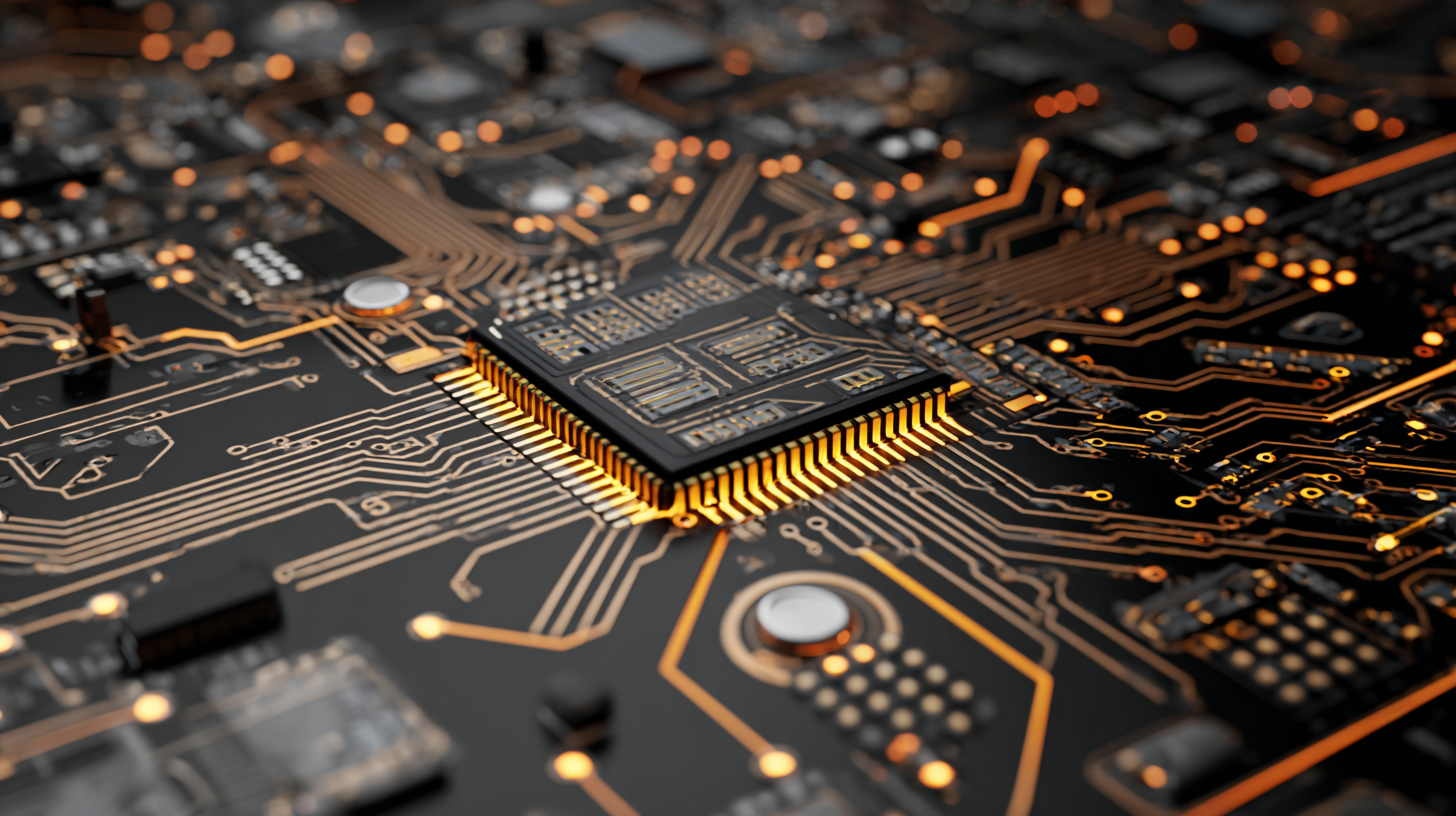
As designers and manufacturers prepare for the next wave of advancements, key trends are emerging that will shape the future of circuit board design. For instance, advancements in automated design software and 3D printing technologies are set to streamline the development process, reducing time-to-market and resource consumption. Furthermore, the integration of IoT (Internet of Things) capabilities into circuit board design is becoming increasingly paramount to meet the evolving needs of connected devices. By harnessing these innovative trends, the industry is not only enhancing efficiency but also paving the way for groundbreaking applications across various sectors, from consumer electronics to aerospace.
In this article, we will explore the top trends in circuit board design for 2025, focusing on how these innovations are influencing both the efficiency and functionality of electronic products. Understanding these shifts will be crucial for anyone involved in the design, manufacturing, and application of circuit boards in the near future.
As we move towards 2025, the landscape of circuit board design is set to undergo significant transformations, driven by emerging technologies aimed at enhancing efficiency. One of the foremost trends is the integration of Artificial Intelligence (AI) into the design process. AI algorithms can analyze numerous design iterations rapidly, optimizing layouts for performance and minimizing errors. By automating routine tasks, designers can focus on more complex aspects, leading to faster turnaround times and reduced costs.
Additionally, advancements in materials science are paving the way for more efficient circuit boards. The development of flexible and biodegradable materials is not only revolutionizing design possibilities but also contributing to sustainability efforts within the electronics industry. These innovative materials can reduce weight and improve heat dissipation, making circuit boards more efficient and environmentally friendly. As manufacturers begin to adopt these technologies, we can anticipate a profound impact on both the functionality and sustainability of electronic devices in 2025.
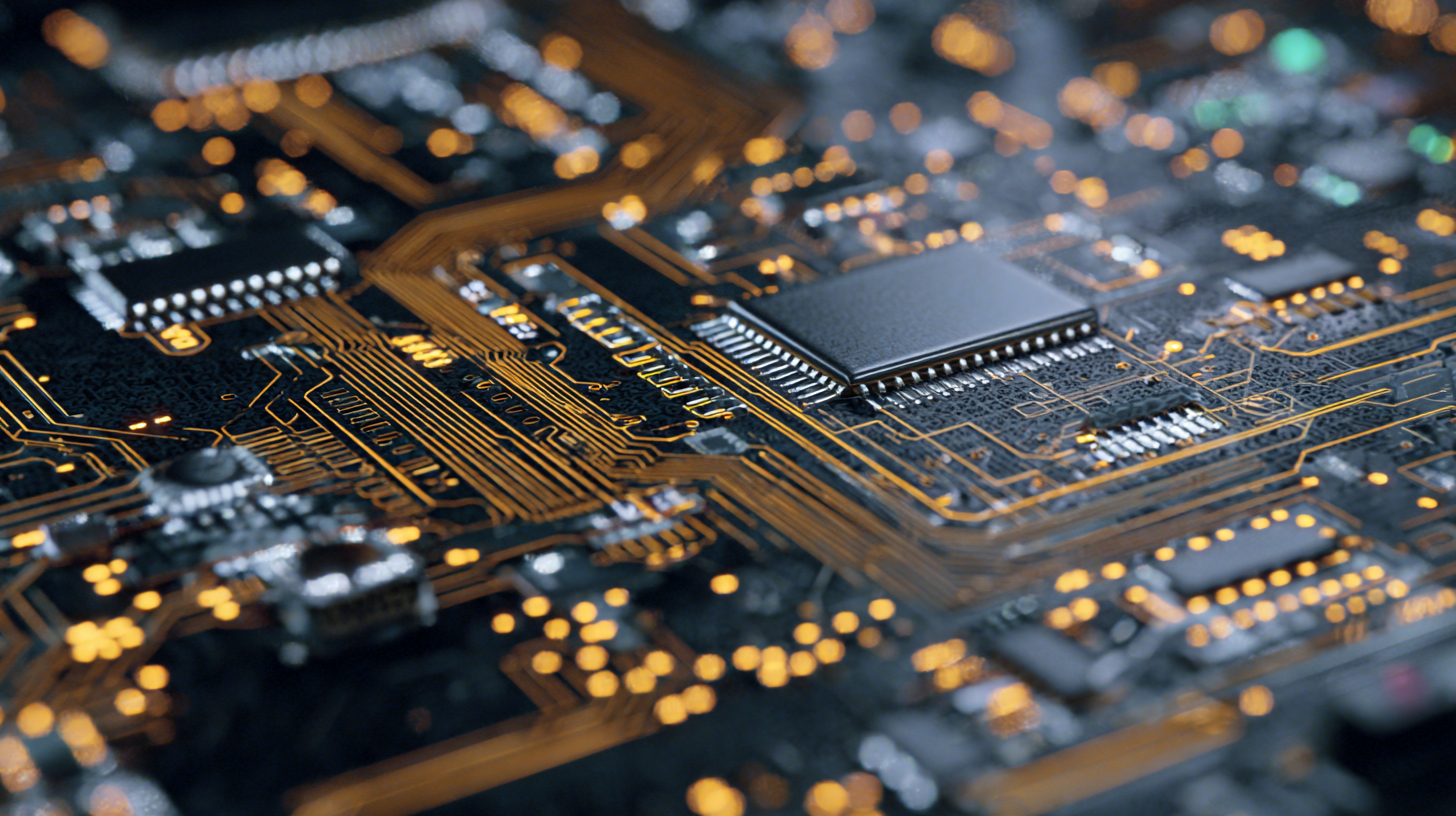
As the electronics industry continues to evolve, the shift towards sustainable materials in circuit board production is gaining momentum. Eco-friendly alternatives to traditional materials not only minimize environmental impact but also enhance innovation in design. Brands are now exploring biodegradable substrates and non-toxic soldering techniques, which contribute to a more sustainable manufacturing process. This transition is crucial as consumers increasingly prioritize sustainability over conventional practices.
**Tips for Implementing Sustainable Practices:**
1. Consider using recycled materials when sourcing for circuit board components. This reduces waste and often lowers costs.
2. Investigate water-based adhesives and coatings, which are less hazardous and minimize the release of volatile organic compounds during production.
3. Collaborate with suppliers who prioritize sustainability in their processes to ensure your circuit boards align with eco-friendly standards.
Transitioning to sustainable materials not only caters to regulatory expectations but also aligns with the growing consumer demand for environmentally responsible products. As this trend continues, it is essential for companies to embrace innovation and efficiency, ensuring they stay competitive while making a positive impact on the planet.
| Trend | Description | Impact | Material Type | Adoption Rate (%) |
|---|---|---|---|---|
| Biodegradable PCBs | Use of materials that can decompose naturally. | Reduces electronic waste in landfills. | Natural polymers | 35% |
| Recycled Materials | Incorporation of recycled plastics and metals. | Minimizes resource extraction impacts. | Recycled FR4 | 50% |
| Environmentally Friendly Coatings | Use of non-toxic and sustainable finishes. | Improves safety and reduces leaching of harmful substances. | Water-based coatings | 40% |
| Low Energy Manufacturing | Techniques that minimize energy consumption during production. | Reduces carbon footprint of PCB production process. | Energy-efficient machinery | 55% |
| Digital Twin Technology | Virtual models for optimizing PCB design and production. | Increased design efficiency and reduced waste. | Software simulations | 20% |
The landscape of circuit board design is undergoing a significant transformation, largely driven by the rise of AI-driven design automation. This innovation is poised to enhance efficiency and accuracy within manufacturing processes, allowing designers to create more complex and reliable circuit boards. According to a recent report by Gartner, companies that implement AI in their design workflows can reduce time-to-market by up to 30%. This efficiency not only accelerates production but also minimizes human error, leading to higher quality end products.
Tips for embracing AI-driven design automation include investing in advanced software tools that leverage machine learning algorithms to predict design flaws early in the development process. Additionally, fostering a culture of continuous learning within engineering teams can ensure that staff remain adaptable and equipped to maximize the capabilities of AI technologies. Organizations should also consider collaborating with AI specialists to customize their design automation systems, tailoring them to specific project needs, which can yield significant competitive advantages in an increasingly crowded market.
As we look toward 2025, the integration of AI in circuit board design is not simply an option but a necessity for businesses aiming to stay ahead. By harnessing these advanced technologies, manufacturers can improve their output while simultaneously driving innovation, which is essential for meeting the rapidly evolving demands of today's tech industry.
As the electronics industry moves towards 2025, the integration of 5G technology into circuit board design is becoming a focal point for innovation and efficiency. Designing circuit boards for enhanced connectivity and performance involves careful consideration of transmission speeds and reduced latency. Engineers are now exploring new materials and methods to optimize layout and component placement, which remains critical in achieving the high data rates promised by 5G. The shift to high-frequency applications requires advancements in signal integrity and thermal management, making it essential for manufacturers to stay abreast of the latest design techniques.
In addition to 5G integration, the broader landscape of electronics manufacturing is witnessing significant shifts. Trends such as the rise of sustainable practices and automation in production are reshaping how companies approach circuit board design. Startups in this space are innovating with eco-friendly materials and smart manufacturing processes, which not only increase efficiency but also align with the growing demand for responsible production. By embracing these developments, businesses can position themselves for long-term success in an increasingly competitive market that values both innovation and sustainability.
This chart illustrates the projected percentage increases in key trends in circuit board design by 2025, focusing on the integration of 5G technology, flexibility, and sustainable materials. The data highlights the anticipated shifts in priorities for manufacturers and designers in enhancing connectivity and overall performance.
With the increasing demand for compact and efficient electronics, the trend of miniaturization in circuit board design is set to dominate in 2025. The shift towards high-density layouts is evident in the projected growth of the Printed Circuit Board (PCB) Assembly Market, estimated to reach remarkable heights in the coming decade. Market analysis indicates that the European SMT Inspection Equipment Market will expand from $89 million in 2025 to $120.9 million by 2032, showcasing a CAGR of 5.2%. This growth reflects the industry’s commitment to enhancing quality control in the face of increasingly intricate designs.
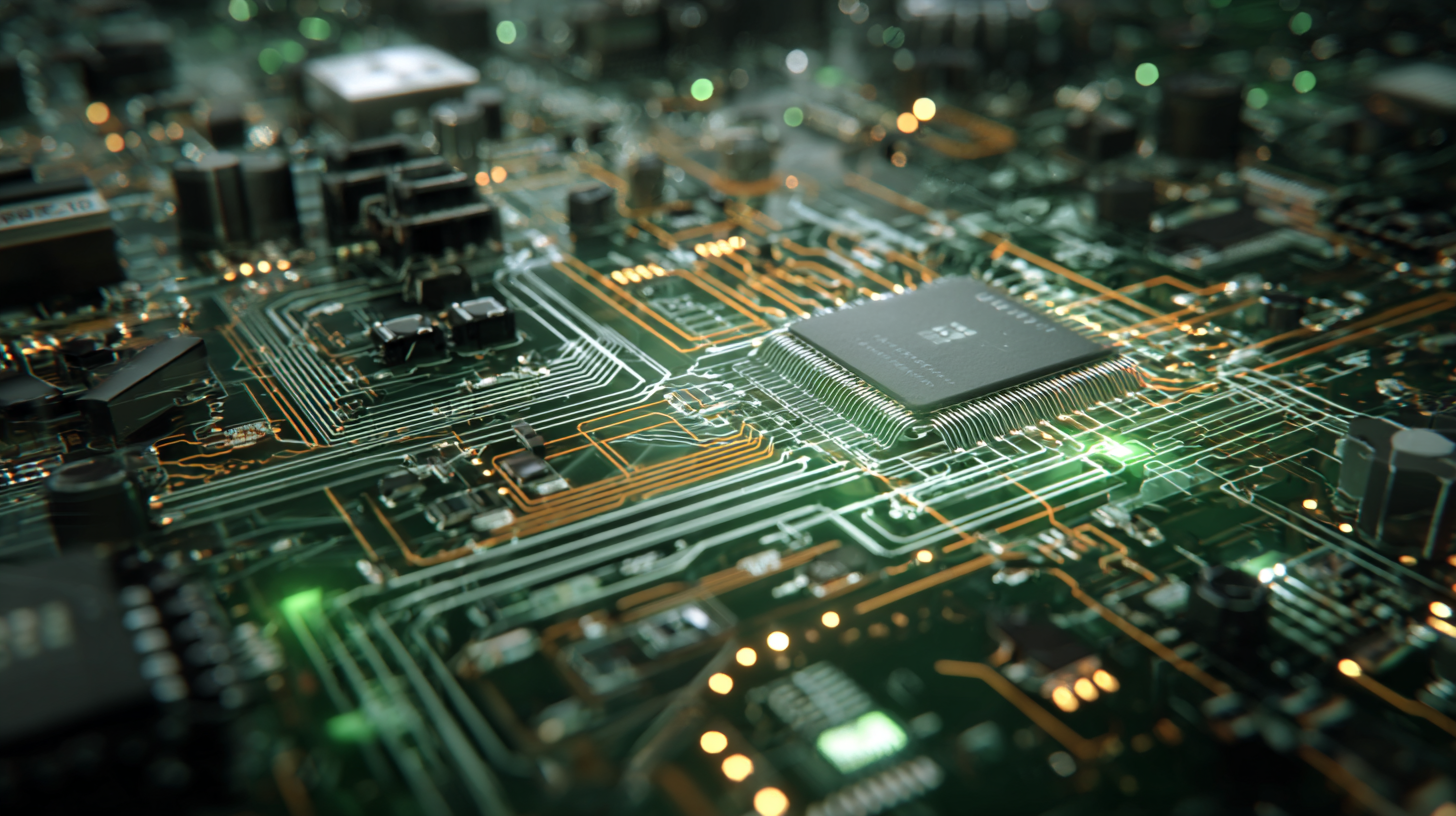
Furthermore, the High-Density Interconnect (HDI) PCB market is anticipated to experience explosive growth, with projections predicting it will surpass $19.59 billion by 2025. The acceleration of miniaturization drives the need for innovative PCB designs that maximize space without compromising functionality. Additionally, advancements such as substrate-like PCBs are estimated to reach around $8.9 billion by 2034, riding on a robust CAGR of 19.5%. These trends highlight the evolution of PCB technology, integrating AI-driven designs, flexible materials, and sustainable manufacturing practices to meet the demands of a rapidly evolving electronic landscape.


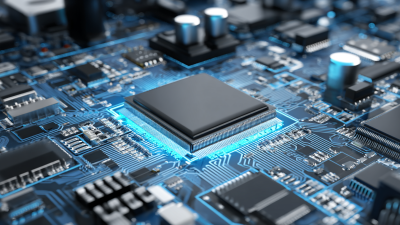
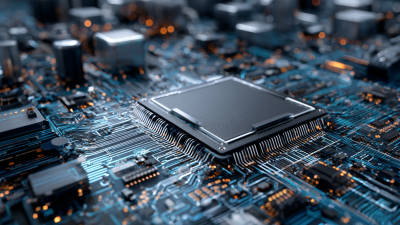
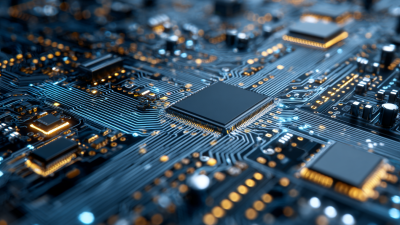

| Cookie | Duration | Description |
|---|---|---|
| cookielawinfo-checkbox-analytics | 11 months | This cookie is set by GDPR Cookie Consent plugin. The cookie is used to store the user consent for the cookies in the category "Analytics". |
| cookielawinfo-checkbox-functional | 11 months | The cookie is set by GDPR cookie consent to record the user consent for the cookies in the category "Functional". |
| cookielawinfo-checkbox-necessary | 11 months | This cookie is set by GDPR Cookie Consent plugin. The cookies is used to store the user consent for the cookies in the category "Necessary". |
| cookielawinfo-checkbox-others | 11 months | This cookie is set by GDPR Cookie Consent plugin. The cookie is used to store the user consent for the cookies in the category "Other. |
| cookielawinfo-checkbox-performance | 11 months | This cookie is set by GDPR Cookie Consent plugin. The cookie is used to store the user consent for the cookies in the category "Performance". |
| viewed_cookie_policy | 11 months | The cookie is set by the GDPR Cookie Consent plugin and is used to store whether or not user has consented to the use of cookies. It does not store any personal data. |